A day in the life of a Head Golf Pro: Hitting revenue targets
Whilst it’s not solely the responsibility of the head golf professional to ensure that revenue targets are met, it is a key aspect of the role and one in which they can have a significant impact.
The effective management of on-course pace and flow is critical to powering a course’s economic engine, underpinning many of the areas where significant revenue gains can be made.
Technology like Tagmarshal’s optimization system has made it possible to proactively manage pace of play, turning this into a key differentiating factor that sets a course apart from the competition.
Below, we’ll look at some of the revenue challenges that head golf pros face and how technology helps to overcome them.
“I can’t add capacity without negatively impacting pace and flow”
Adding additional tee times is, alongside increasing green fees, the most effective way of generating additional revenue.
However, this comes at the risk of jeopardizing the player experience, with more golfers on the course often leading to increased bottlenecks, wait times and frustration. When pace and flow grind to a halt, staff members out on the course are the first to hear about it, but it’s the head golf pro who is ultimately responsible.
Using technology to proactively manage pace, and using the data gathered to identify periods of the day where adding capacity may be possible, is the first step. Tightening gap intervals during quicker periods of the day, such as the early rounds, and reducing the round goal times in these same periods will help minimize the effect added capacity has on the rest of the day’s flow.
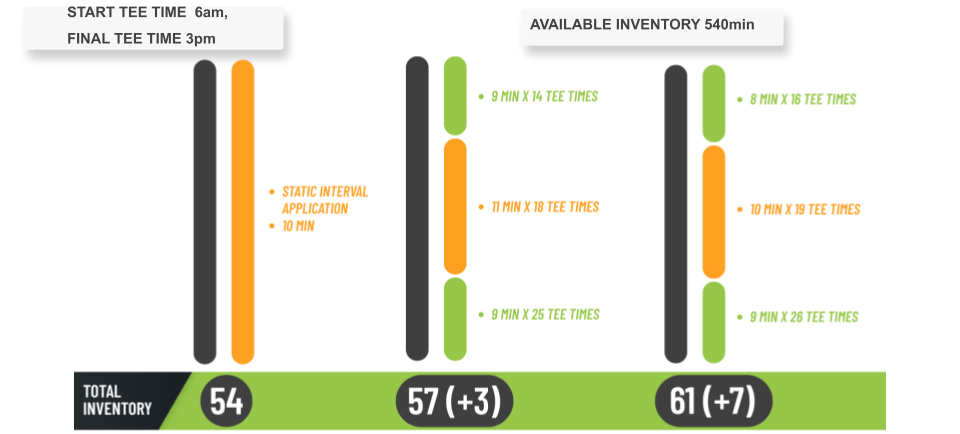
Once a decision has been made to add tee times, close attention must be paid to effectively monitoring these periods to ensure pace is not impacted.
Tagmarshal’s data breaks average pace down into times of day and days of the week, giving head golf pros a granular view of the impact that adding tee times has on pace. This can be benchmarked against data from before the tee times were added.
By effectively managing pace, and adding tee times based on data, Erin Hills now generates an additional $700,000 in green fees per season. According to Jim Lombardo, Erin Hills’ head golf pro, “the return on investment is huge!”
“Many of our first-time players never return”
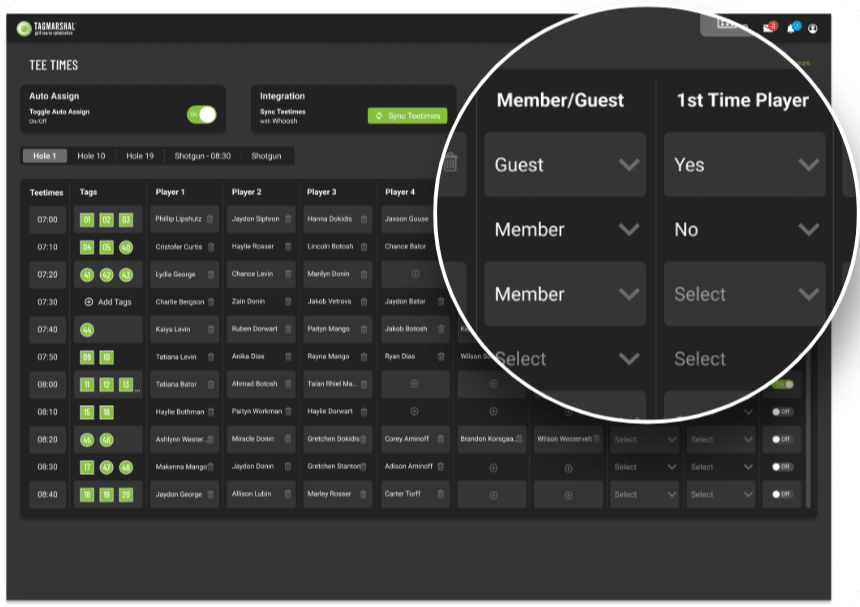
Research by the National Golf Foundation (NGF) shows that more than 50% of new golfers stop playing within the first two years. By the end of 2025, half of the 3.4 million people who played on a golf course for the first time in 2023 will have given up playing.
Head golf pros must encourage their teams to identify first-time players and log this data. On-course staff can then track these players on the course and offer a level of service that encourages first-time players to choose this facility as their ‘home’ course.
The same rings true for regular golfers who may be playing a course for the first time. With technology enabling a more consistent, enjoyable round, players will see value in the fee they pay and will be happy to return, filling the tee sheet and driving revenue gains.
At private clubs, members can often be demanding and expect both the on-course and off-course experiences to meet a high standard. The enhanced level of service that Tagmarshal enables, coupled with pace and flow of play gains, encourages loyalty and improves the relationship between the head golf pro and members.
“I’m worried dynamic pricing will lead to unhappy players”
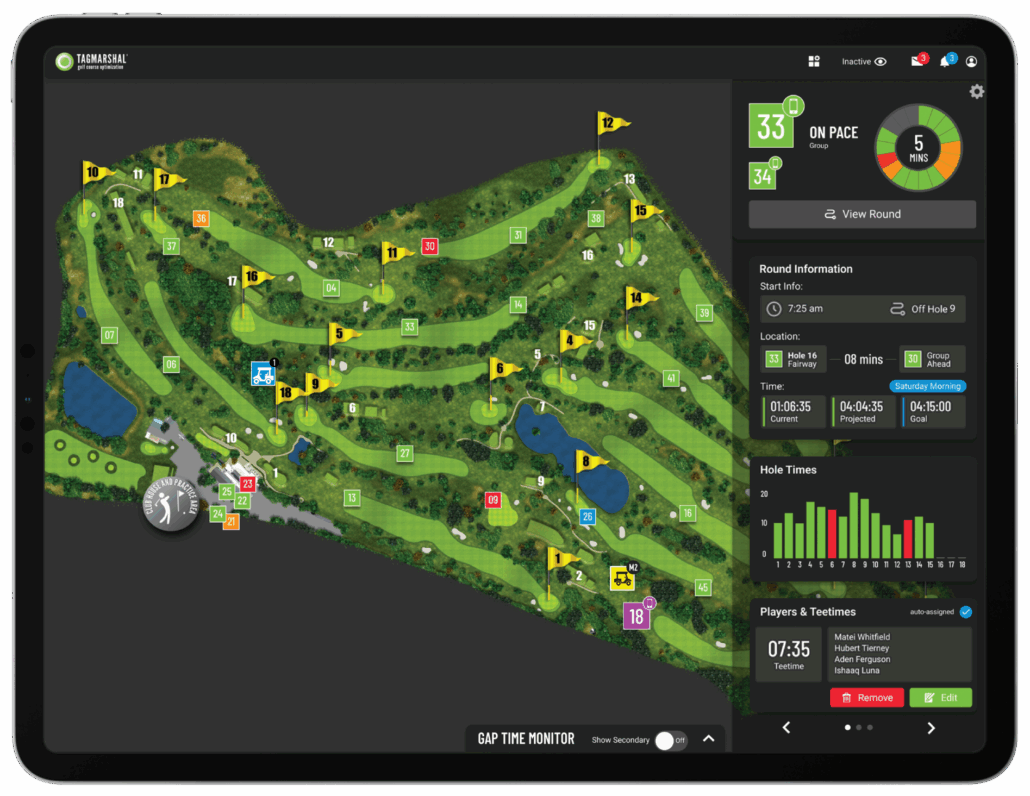
There are now more golfers in the 18 to 34 age bracket than any other, making it the sport’s largest cohort.
This demographic values their time and places a premium on immediacy (think Uber, DoorDash, and Amazon Prime), which is why NGF research has shown they are willing to pay more for a quicker and more enjoyable round. The same is true for the majority of age ranges.
Dynamic pricing leads to heightened expectations around the quality of the player experience, making effective pace and flow management central to its successful implementation.
When head golf pros make use of technology like Tagmarshal’s Live Map, which provides full, real-time oversight of on-course operations and highlights problem groups at a glance, they are showing players that they are committed to delivering on those expectations.
The quality of on-course interactions is also improved by reframing marshals as player assistants and using data to inform conversations around pace. This sends a clear message to players that their time is important and helps justify the increased price they paid for their round.
“Our players don’t hang around for a post-round drink or meal”
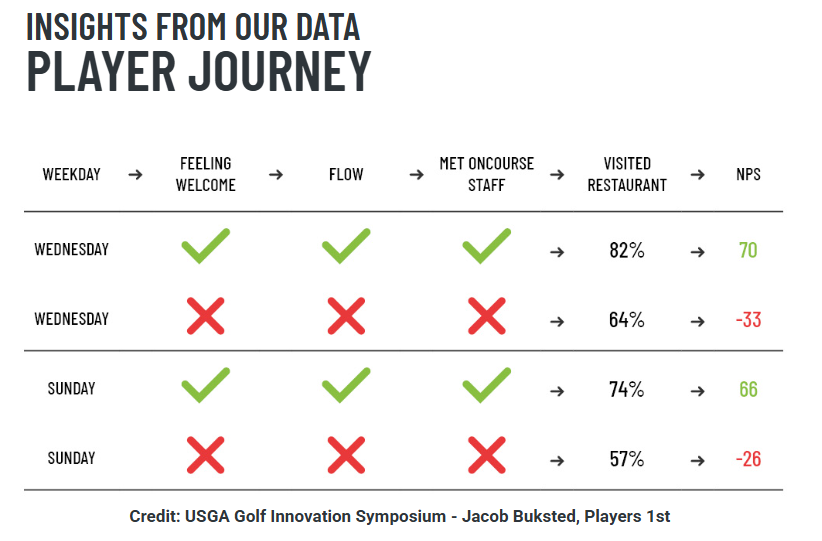
Research by Players 1st, the foremost player experience and post-round survey platform in the golf industry, shows that there is a direct correlation between a course’s Net Promoter Score (a marker of whether they enjoyed their round) and the likelihood that they will head to the clubhouse for a meal and/or drinks.
When a head golf pro and their team ensure a steady on-course pace and flow, a critical component of a player’s enjoyment of a round, there will be an uptick in the number of people who spend money after their round. It’s also logical that quicker rounds equate to more time that can be spent at the pro shop or clubhouse.
At courses where 2Way cart screens are in use, head golf pros can set up automated, GPS-triggered alerts that prompt players to place their food orders. This is usually done on the 8th hole, so that staff can prepare the meal for collection as the players pass through the halfway house. Along with reducing turn time, this is also a revenue driver.
In addition, the 2Way cart screens can be used for advertising F&B specials in your facility’s restaurant or bar, prompting players to stay (and spend) post-round. On-screen advertising can also be sold by Tagmarshal to third parties, creating yet another revenue stream for the facility.
Conclusion
Head golf pros play a vital role in planning and executing the day-to-day running of on-course operations, while also being the most public-facing members of the management team.
The rise of technology in the golf space has opened up many additional revenue opportunities for courses; most prominently, understanding how and where to increase capacity.
Head golf pros who harness the power of optimization technology effectively will ensure that they get the most out of their teams without compromising on player experience and revenue gains.
HARNESS THE POWER OF OPTIMIZATION TECHNOLOGY
Watch Demo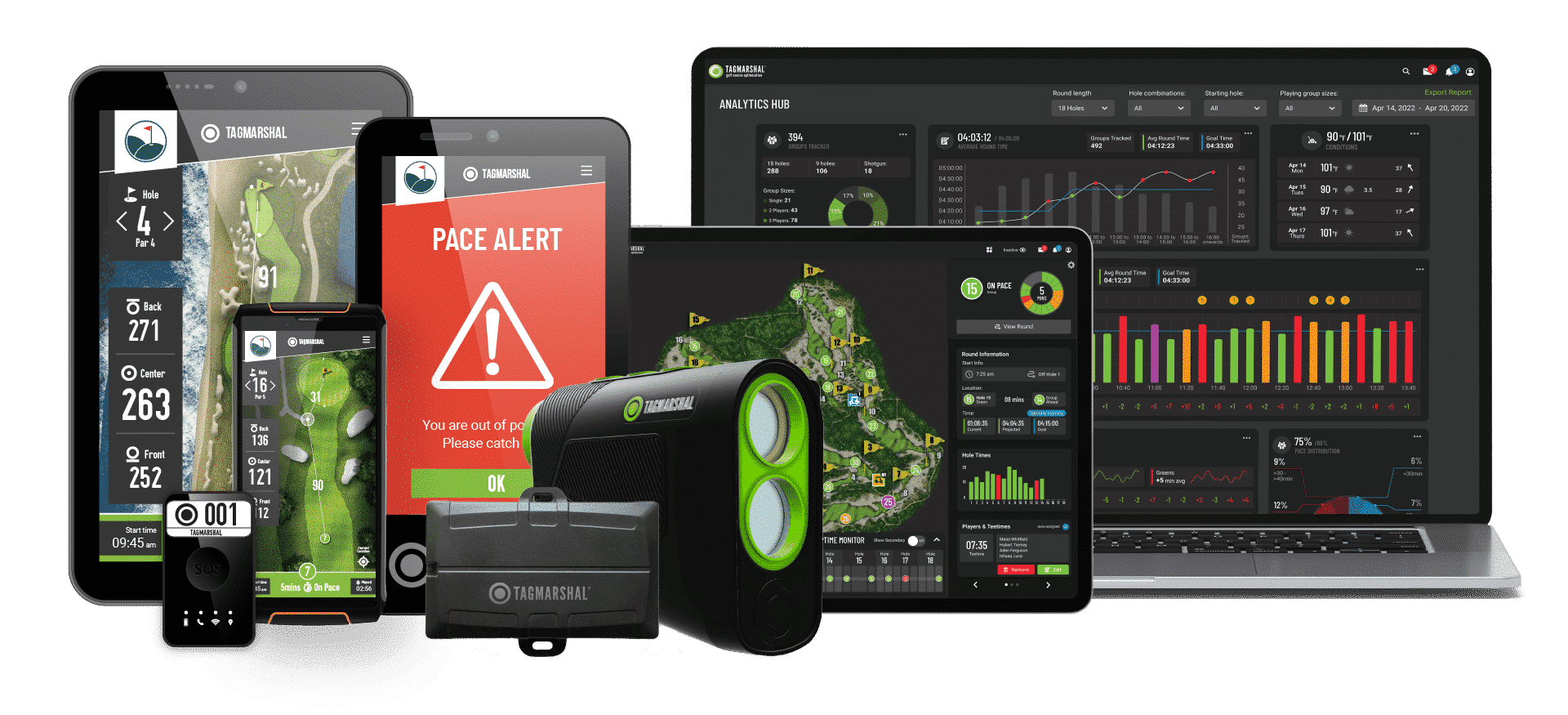
ABOUT TAGMARSHAL
Tagmarshal, the market leader in on-course optimization technology, provides courses with full, real-time operational oversight and reporting, giving golf operators the tools to manage pace and flow of play effectively, resulting in enhanced player experiences, increased efficiency through automation, and additional revenue generation.
Tagmarshal’s technology has collected over 100 billion data points from more than 95 million tracked and improved rounds of golf and has relationships with in excess of 900 partners, including Hazeltine, Whistling Straits, Baltusrol, Fieldstone, Bandon Dunes, The Old Course at St Andrews Links, Serenoa and Erin Hills.
Tagmarshal partners with several golf management groups, private, daily fee, public and resort courses, including 50 of the Top 100 courses, as well as many $40-$60 green fee courses, which are seeing excellent results using the system.
 WATCH DEMO
WATCH DEMO